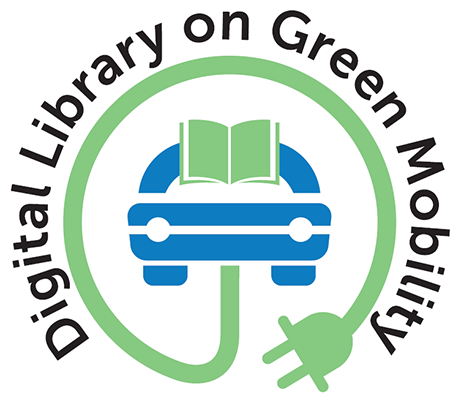Opinions/Videos
Commuting, i.e. the way between home and work, comprises around a fifth of all passenger traffic in Germany. Commuting continues to increase, especially in the metropolitan areas.
Electric vehicles have zero tailpipe emissions, but still have associated emissions from manufacturing and usage. Regulatory agencies in some countries are considering the possibility of using lifecycle CO2 emissions for battery electric (BEV) and internal combustion engine (ICE) vehicles.
.png)
E-Launch of Report on Smart Charging Strategies and Technologies for Electric Vehicles
2021
Author(s): Deutsche Gesellschaft für Internationale Zusammenarbeit (GIZ) GmbH
The event focuses on the importance of smart charging in India, with experts discussing critical aspects related to EV charging such as the impact of EVs on the power system and grid: challenges and opportunities, and the relevance of smart charging to solving these challenges and achieving benefits in general.
Shoonya is an initiative brought to you by leading private companies, NITI Aayog and RMI, which aims to improve air quality in India by electrifying vehicles for final-mile deliveries and ride-hailing services.
Climate-Smart Transport: Making a Difference on the Ground
2020
Author(s): World Bank
From carbon emissions to disaster risk management, transport is at the heart of the climate challenge. Find out how the World Bank’s transport projects are helping countries get ahead of climate—and connect people to better lives.
Reducing India’s Road Transport CO2 Emissions
2021
Author(s): International Council on Clean Transportation (ICCT)
In this video, Megha Kumar outlines several decarbonization strategies and how they could reduce CO2 emissions from road transport in India by 2050. The chart shows the kinds of reductions that are possible with more ambitious and aggressive transport policy.
Toward an Ambitious Yet Feasible Strategy for Transport Decarbonization in India
2021
Author(s): Kumar M
ICCT is currently undertaking an analysis of the key transport energy and emissions models for India that have been developed by research organizations with well-established modeling frameworks.
What’s the “Business As Usual” Future for Road Transport in India?
2021
Author(s): Kumar M
It’s not hard to predict that if India continues as is, it will mean an unabated rise in vehicular activity.
Time for Intervention: What do the Mitigation Scenarios Look Like for India’s Road Transport Emissions?
2021
Author(s): Kumar M
The focus here is on the scenarios that incorporate policy interventions that could help decarbonize the sector. Besides the Business-As-Usual (BAU), there were typically two kinds of alternate scenarios incorporated in the models we analyzed: the Moderate effort and the High Ambition.
ICCT and IEA’s High Ambition scenarios expect the light-duty vehicle segment or cars to electrify following two- and three-wheelers.



